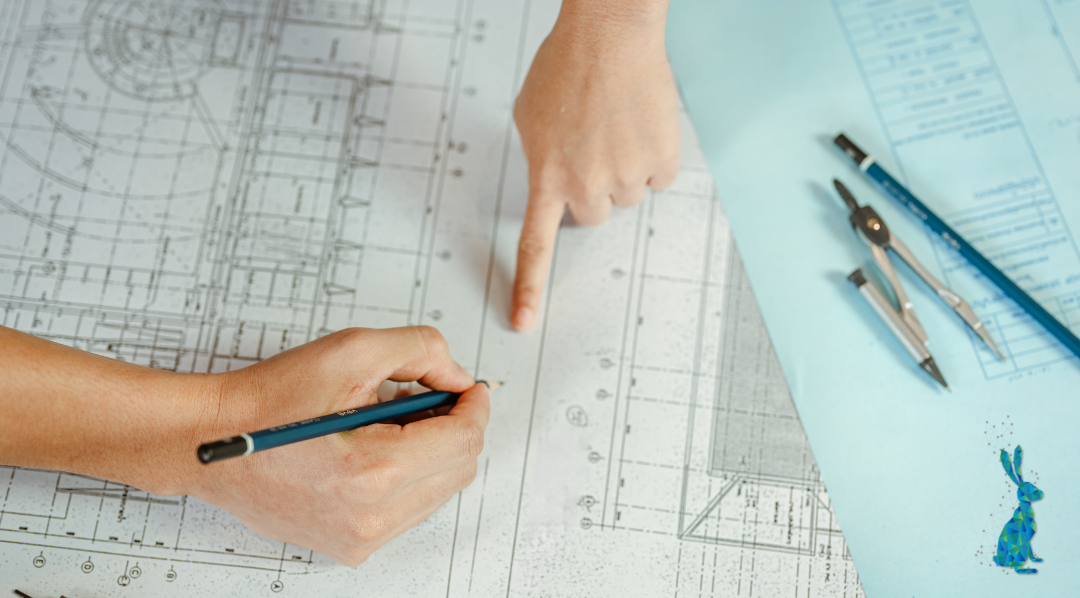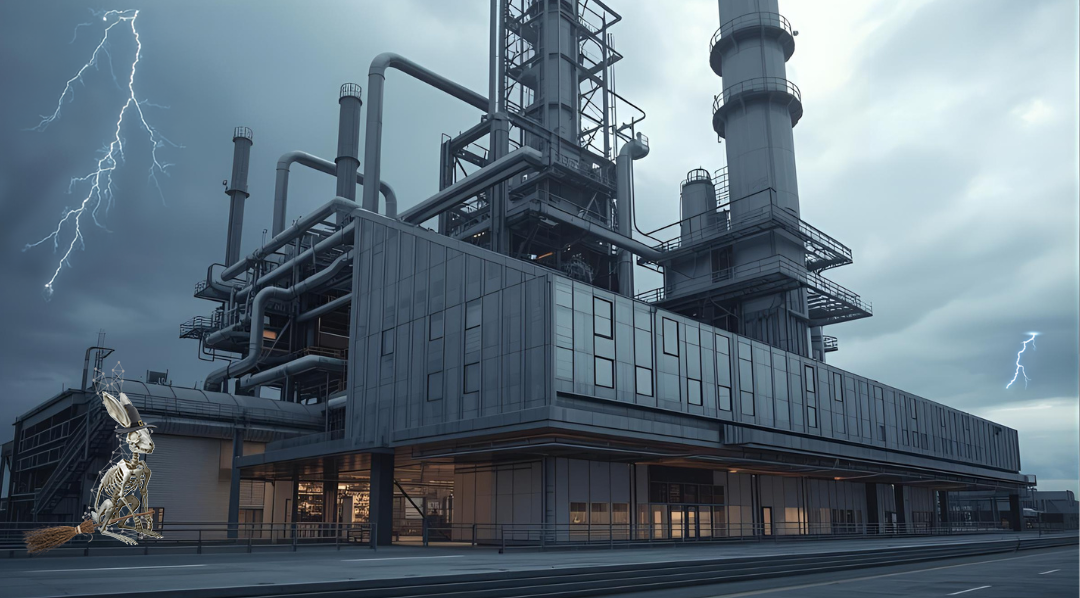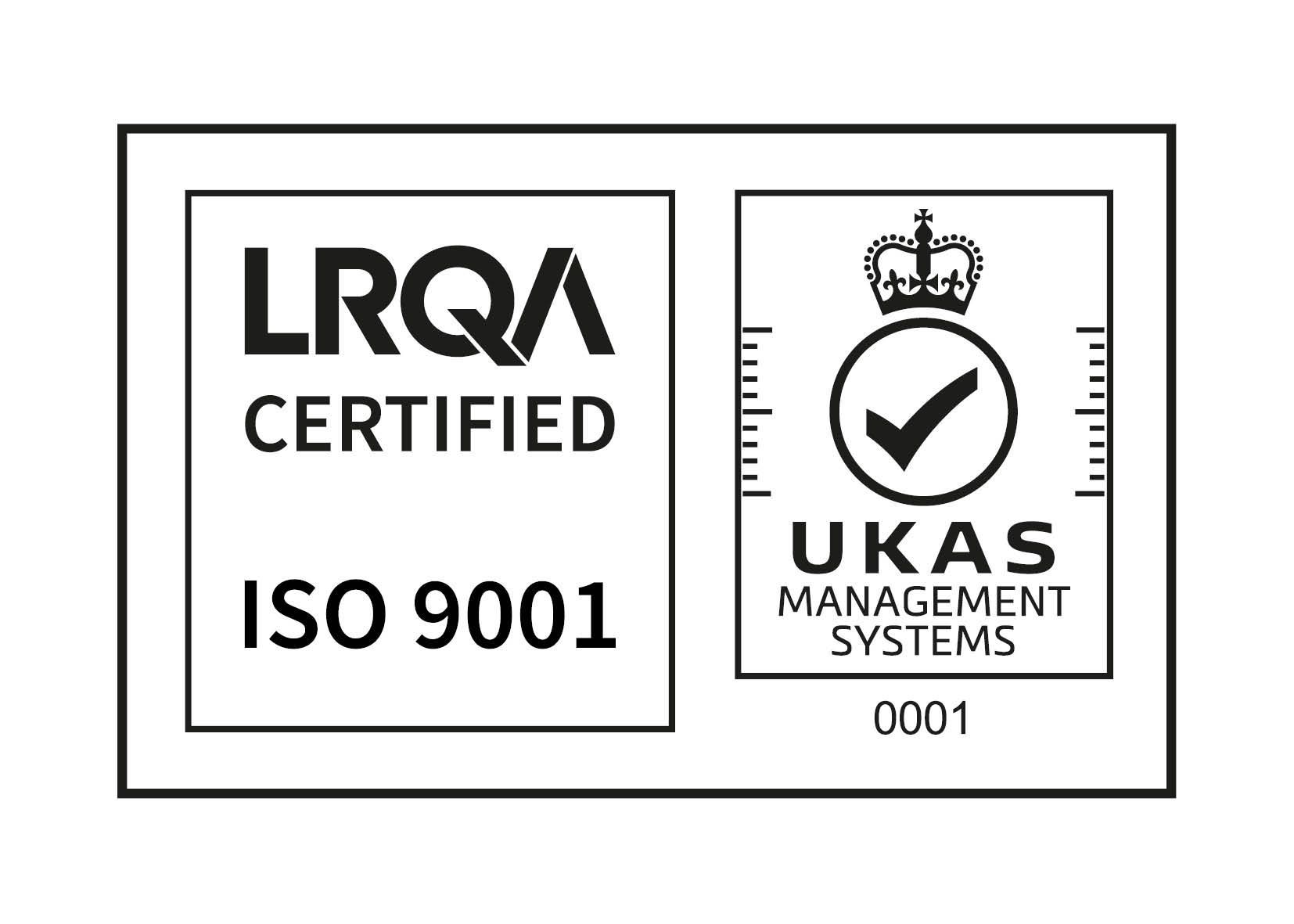APPLYING THE 6P‘S TO PREVENT SPEED BUMPS IN YOUR PROJECT

APPLYING THE 6P‘S TO PREVENT SPEED BUMPS IN YOUR PROJECT
Date: 10th November 2022
Prior Planning & Preparation Prevents Poor Performance.
Like many engineers, this is something that has been drilled into me throughout my career. Having a detailed plan of action is an essential part of any project, so carrying out a detailed site visit is key.
There’s nothing worse than hitting speed bump after speed bump, especially if these could have been pre-empted, like:
- Accessibility issues when scanning or reaching the intended area or machine.
- Times of day where there may be more or less people within the space which might impact the quality of the scan.
- Additions to the scope of the project.
When these factors aren’t considered before a project starts, it can have a massive impact on how long the task takes to complete. It can also affect what equipment might be needed, who needs to be involved in the project, the number of scans required, how long it takes to design and how much it’ll all cost.
This is where a site visit becomes the most valuable aspect of any project timeline.
When your surveyor is visiting the site, they won't just be thinking about how long it will take them to get there in the morning and where they might set up their scanner. They will be drawing up a detailed plan of attack, considering;
- How many scans will it take to get the best quality point cloud data?
- What scan positions might be needed to capture any areas that might not be in the direct line of sight for the scanner?
- What’s the best route to take around the site?
- Do I need to take into account any roads or other obstacles that might affect the scan quality?
- How will this new design fit amongst the current floor plan?
- How accessible is the space? Is this design realistic or will other considerations need to be taken into account?
- Which 3D laser scanner will be the best fit for this particular job?
Even if they have been to your site before, the requirements for every job will be different so a site visit is never a wasted opportunity. Plus, it will allow them to be as efficient as possible and can prepare for any potential speed bumps ahead of time so that they don’t impact your final timeline or outcome.
If you have any questions about our mechanical design or 3D laser scanning services, get in touch with us today at
https://www.ohare-eng.co.uk/contact.




